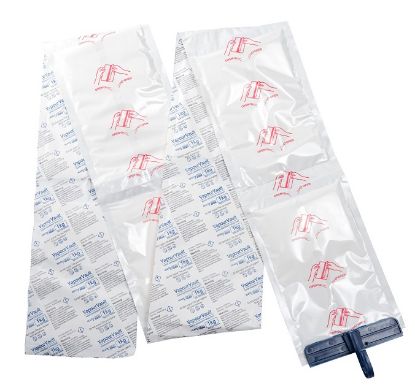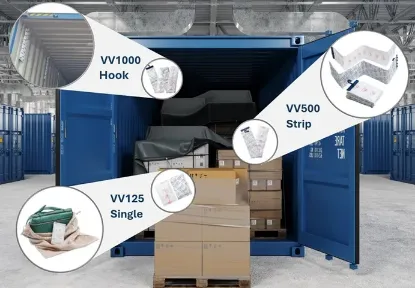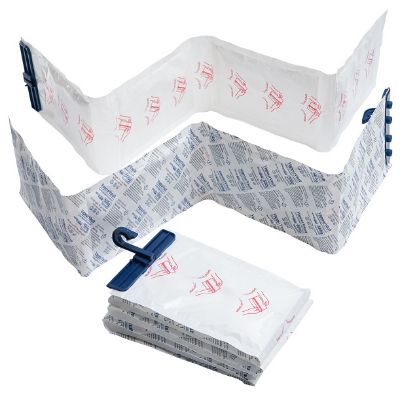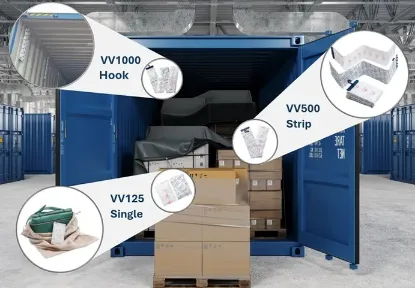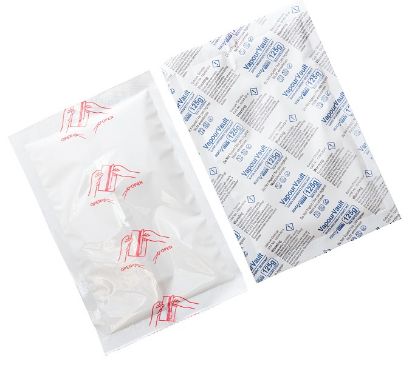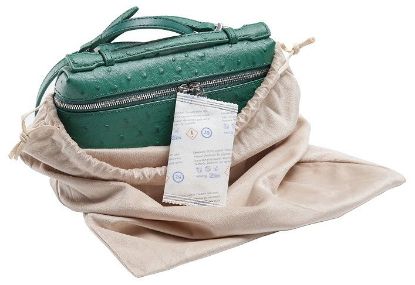Email us
Call us
01829 760000
- Home
- All Products
- Security Packaging
- Moisture Absorbing Desiccants
Moisture Absorbing Desiccants
Moisture absorbing desiccant packs protect goods against damage caused by moisture. Damp, humid conditions can damage goods, cause mould growth, promote metal corrosion, and deface / degrade packaging. This is of particular concern when transporting goods in shipping containers - variations in atmospheric pressures globally can cause containers to trap high levels of humidity, posing a risk to cargo during their long journeys globally. Our desiccants are particularly effective in absorbing this moisture within ambient air inside shipping containers, ensuring that cargo remains dry and free from damage caused by humidity.
Our anti-moisture desiccant packs help businesses reduce cargo damage costs, prevent customer dissatisfaction, and avoid the time and expense of replacing spoiled goods or issuing refunds. For companies handling moisture-sensitive products, appropriate desiccant packs safeguard profit margins and improve efficiency in logistics. Desiccant packs are effective for many types of sensitive cargo including pharmaceuticals, fashion, electronics and metal parts, ensuring their integrity during transit.
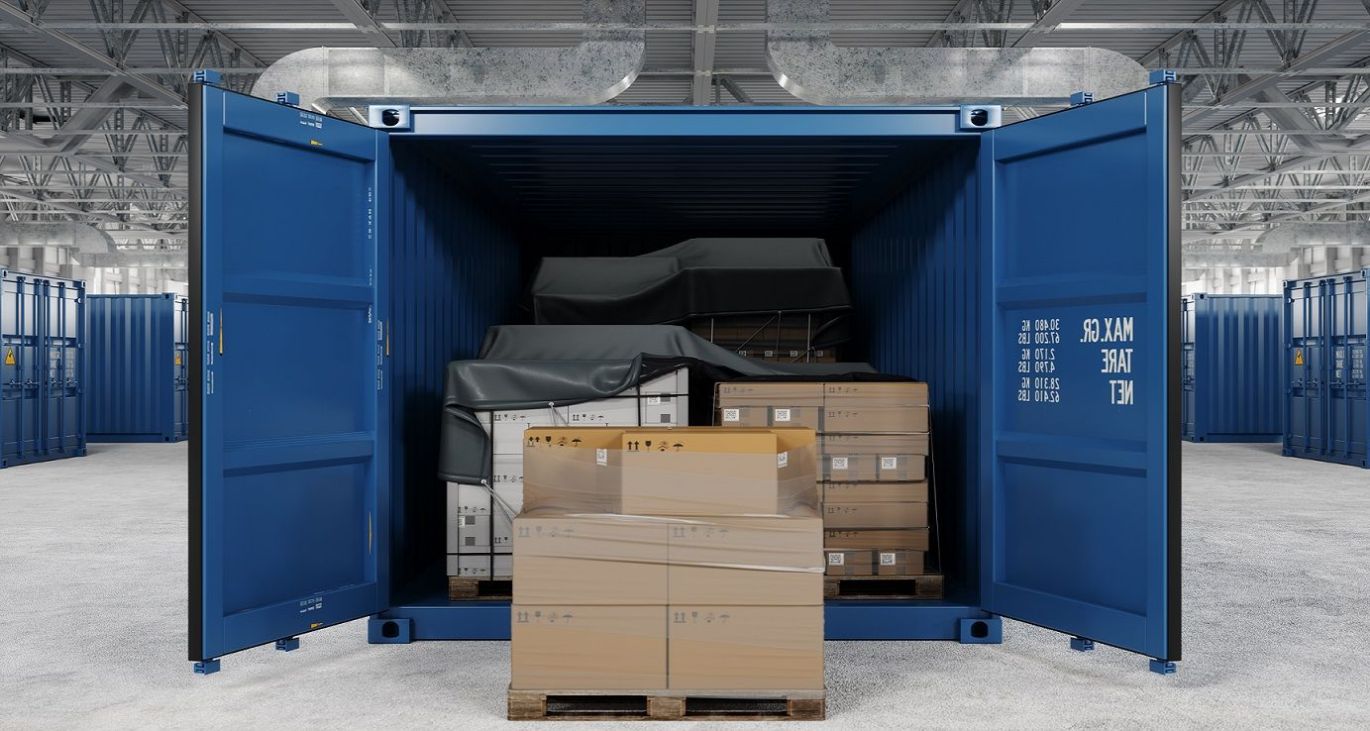
Frequently Asked Questions
What is a moisture-absorbing desiccant?
A moisture-absorbing desiccant is a substance used to absorb moisture from the air, helping to prevent damage caused by humidity. Desiccants are commonly used in shipping containers, packaging, and other environments where moisture control is crucial.
How do desiccants work?
Desiccants work by attracting and holding moisture through absorption or adsorption. Materials like silica gel and calcium chloride have a high absorption capacity, allowing them to effectively reduce relative humidity in enclosed spaces, protecting goods from moisture damage.
What is the difference between a desiccant and a moisture absorber?
While both desiccants and moisture absorbers serve to control humidity, a desiccant actively absorbs moisture from the air, whereas a moisture absorber might include broader solutions like dehumidifiers. Desiccants are often more suitable for confined spaces and packaging.
How long do desiccants last?
The lifespan of desiccants depends on the environment in which they are used. In tightly packed containers, they can last several weeks to months. It's essential to replace them once they reach their absorption capacity.
Can desiccants be reused?
Some desiccants, like silica gel, can be reused by drying them out in an oven. However, not all desiccants are reusable, such as calcium chloride, which dissolves as it absorbs moisture.
What is the best type of desiccant for shipping containers?
For shipping containers, calcium chloride based desiccants are popular due to their high absorption capacity. They are effective in controlling humidity and preventing container rain, ensuring cargo remains dry during transit.
How should desiccants be stored?
Desiccants should be stored in a cool, dry place, away from direct contact with moisture. Keeping them in airtight containers helps maintain their effectiveness until they are ready to be used.

